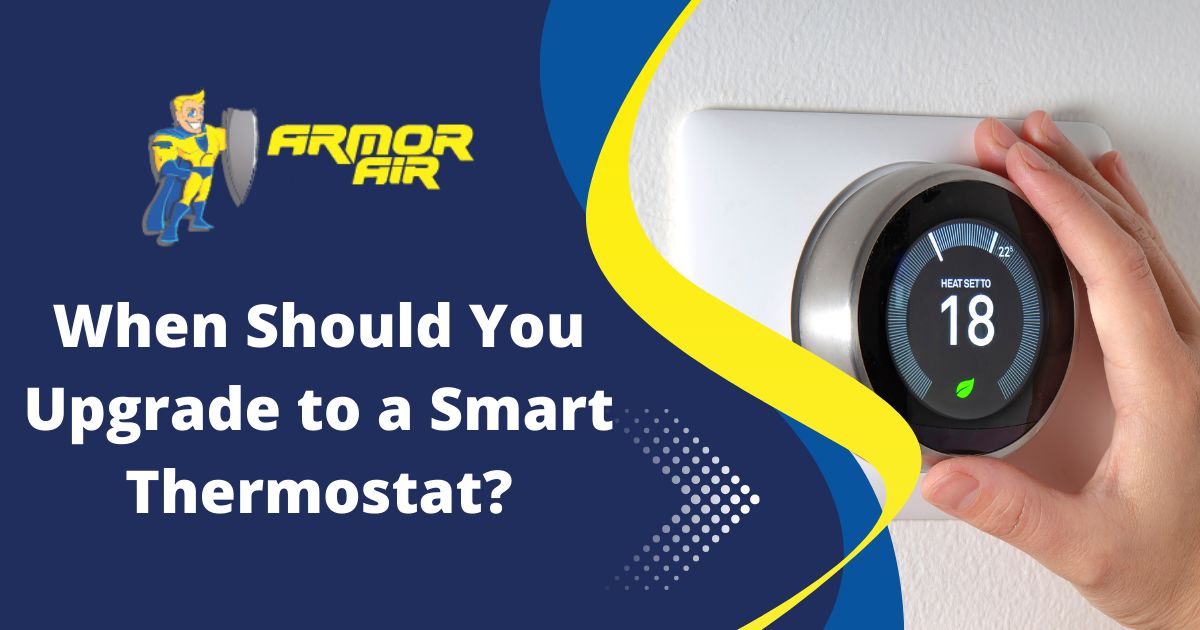Closed: Sun for God + Family time
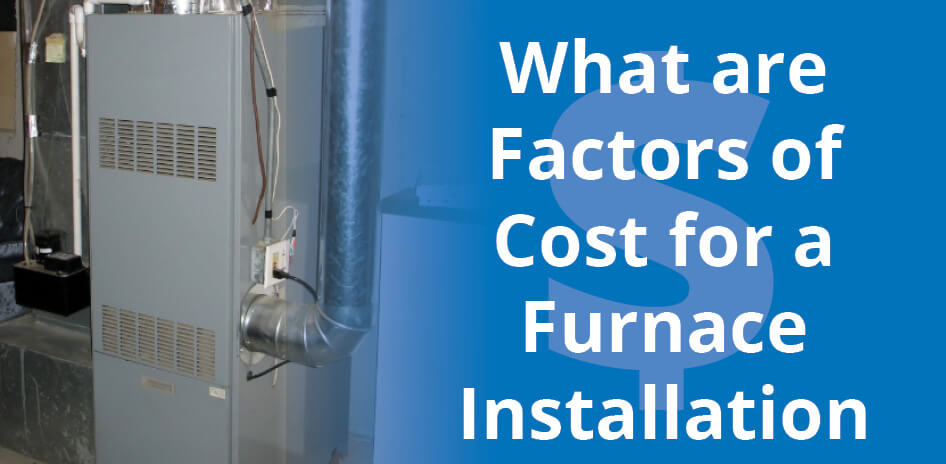
2025 Guide: How Much Does Furnace Installation Cost
Cost of a Furnace Installation
A new furnace installation can cost in the range of $4,000 – 10,000. We’ll break it down into simple terms so you can understand what goes into the price. We’ll explain what makes the cost range from $4,000 – 10,000, considering things like the size of your house and how efficient the furnace is.
What’s the cost of a furnace installation? This is a common inquiry among Indianapolis homeowners seeking a furnace replacement. The concern often stems from uncertainty about the nuances of furnace replacement. Fortunately, Armor Air is here to assist homeowners in Indianapolis by guiding them to the right heating options at an affordable price. We explore different furnace types, explaining how efficiency factors into the overall cost. Additionally, we clarify the impact of labor costs, offering insights into how these expenses contribute to the total price.
Get a free estimate from our furnace installers near you today
Furnace Installation Cost by Type
There are three primary types of furnaces, each with its unique price points. In most cases, furnace costs are heavily influenced by the type chosen, along with various other factors. The initial investment varies, with some types being more expensive than others. Moreover, ongoing maintenance costs differ among furnace types, adding another layer to the overall expense. The decision ultimately hinges on individual preferences and budget considerations, allowing homeowners to choose the furnace type that aligns with their financial priorities and heating requirements. Understanding the diverse cost dynamics empowers individuals to make informed choices tailored to their specific circumstances and preferences.
Electric Furnace
When considering the cost of an electric furnace, homeowners should factor in both the upfront expenses and operational costs. Electric furnaces generally have a lower initial cost compared to gas or oil alternatives, making them an attractive option for those on a tighter budget. However, it’s crucial to note that electric furnaces tend to have higher operational costs, especially in regions where electricity rates are steep. Homeowners need to weigh the affordable installation against potentially higher long-term energy bills. Additionally, the simplicity of installation may contribute to lower labor costs, further influencing the overall expense of choosing an electric furnace for home heating.
Gas Furnace
Gas furnaces come with a range of costs that include both the initial investment and ongoing operational expenses. While the upfront cost of a gas furnace might be higher compared to an electric counterpart, many homeowners find the long-term operational savings to be a compelling factor. Gas furnaces are renowned for their efficiency, often achieving high Annual Fuel Utilization Efficiency (AFUE) ratings. This efficiency translates into lower energy bills, particularly in areas where natural gas is cost-effective. Homeowners should consider factors such as local utility rates, available rebates, and the efficiency of the chosen model when evaluating the overall cost-effectiveness of a gas furnace for their home.
Oil Furnace
The cost considerations for an oil furnace encompass both the initial installation and the ongoing expenses associated with fuel. While oil furnaces may have a moderate upfront cost, homeowners should factor in the need for on-site oil storage and regular fuel deliveries, potentially adding logistical complexity and additional costs. Additionally, the price of heating oil can vary based on market conditions and geopolitical factors, influencing the overall operational expenses of an oil furnace. Despite these considerations, oil furnaces are known for their durability and longevity when properly maintained. Homeowners in areas without access to natural gas may find oil furnaces to be a reliable heating option, balancing initial costs with long-term performance.
In short, there are three main kinds of furnaces, electric, gas, and oil. Each has its own good points for homeowners. Electric furnaces are simple to put in, clean, and quiet. Gas furnaces are excellent at heating and can save money in the long run, even if they cost more at first. Oil furnaces are strong and last a long time, but they’re not as common. People can choose the one that works best for them based on what’s easy to install, works well, and is available in their area. Understanding these things helps people pick the furnace that’s right for them and fits their budget.
| Furnace Type | Cost Range |
|---|---|
| Electric | $1,800 to $7,300 |
| Gas | $2,800 to $9,500 |
| Oil | $4,500 to $8,000 |
Furnace Installation Cost by Size
The size of a furnace is a big deal because it affects how much it costs. We measure furnace size in something called British Thermal Units, or BTUs. Basically, this size tells us how much heat the furnace can produce. If a furnace is too small for a space, it might be cheaper to buy, but it can end up costing more in the long run because it struggles to heat the place well. On the other hand, if a furnace is too big, it might cost more upfront, and you could end up spending extra money on both buying it and running it. So, finding the right-sized furnace for your home is important to make sure you’re not paying too much in the beginning or later on.
Check out the table below for the expenses related to replacing a furnace based on its size. If you’re unsure about the right size for your needs, reach out to a local furnace repair company—they can assist you in figuring it out.
| Square Footage of Home | BTUs Needed | Furnace Cost |
|---|---|---|
| 750-1,000 | 40,000-60,000 | $2,000-$3,000 |
| 1,300-3,000 | 80,000-100,000 | $2,600-$4,200 |
| 1,600-4,000 | 100,000-125,000 | $3,000-$4,500 |
| 2,000-5,000 | 125,000-150,000 | $3,300-$6,500 |
Cost by Efficiency
Choosing an efficient furnace is important for saving money on home heating or cooling in the long run. While high-efficiency furnaces might cost more upfront, they lead to lower monthly energy bills over time. To figure out potential savings, you can compare the upgraded efficiency of your new furnace to the one you currently have. The annual fuel utilization efficiency (AFUE) metric measures how efficient a furnace is, and electric furnaces usually have high ratings, ranging from 95% to 100%.
Furnaces that use oil, gas, or propane can also be efficient, with AFUE ratings above 90%, making them high-efficiency too. Even though high-efficiency models cost more initially, they come with design features like sealed combustion chambers and secondary heat exchangers. You can easily spot them by looking for the Energy Star label. To calculate your savings, just subtract the AFUE rating of your old furnace from your new one. For example, if you go from 76% efficiency to 95%, you could save 19% on your energy bills.
In the end, an efficient furnace doesn’t just reduce your operating costs; it also proves to be cost-effective over time. So, when picking a furnace, it’s smart to think about efficiency. Keep in mind that electric furnaces are usually more energy-efficient, but you should also consider the costs of electricity compared to gas in your Indianapolis area.
Additional Factors in Furnace Install Cost
When installing a furnace, several additional cost factors should be considered beyond the upfront unit and installation expenses.
These factors can significantly impact the overall cost of the installation process. Here are some key considerations:
Ductwork Modifications
If your home’s existing ductwork is incompatible with the new furnace or requires modifications for optimal performance,
additional costs may arise. This can include adjustments to the layout, size, or sealing of ducts.
Warranty and Maintenance Plans
Opting for extended warranties or maintenance plans may involve additional upfront costs. However,
these can provide long-term benefits by covering potential repairs and ensuring the furnace’s longevity.
Disposal of Old Equipment
Properly disposing of the old furnace is an often overlooked cost factor. Some disposal methods may incur fees,
so it’s essential to account for this in your budget.
Geographic Location
The cost of living and labor rates in your geographic location can impact installation costs. Urban areas or regions
with higher living costs may experience higher labor fees.
Thermostat Upgrades
Upgrading or installing a new thermostat can contribute to overall system efficiency. Smart thermostats, in particular,
may come with additional costs but offer enhanced control and energy savings.
Labor Costs
When installing a furnace, labor costs make up around 20% to 30% of the total. For electric furnaces, this percentage is usually lower, but for oil and gas furnaces, especially if new lines or fittings are needed, it may be higher. Any factors that make the project more complex or time-consuming will also raise the installation costs. Our heating contractors typically charge between $50 to $100 per hour for furnace installation, and the entire process can take anywhere from four to 10 hours.
When to Install a New Furnace
If your current furnace stops working completely, it’s a clear sign you need a new one. However, keep an eye out for these warning signs:
- Your furnace is over 15 years old.
- It’s making loud or unusual noises.
- Certain rooms in your house aren’t getting heated.
- Your energy bills have increased.
- The appliance is rusty or showing signs of disrepair.
How to Cut the Cost on a Furnace Installation
Here are some tips to save money on a new furnace installation:
- Opt for a high-efficiency furnace: Although the initial cost is higher, a high-efficiency furnace pays off in the long run with reduced utility bills.
- Obtain multiple quotes: Don’t settle for the first installer you find. Get at least three quotes and choose the most cost-effective option.
- Schedule replacement in spring or summer: Consider replacing your furnace during the warmer months when installers are less busy, potentially offering lower rates.
- Avoid relocation costs: If your furnace is currently in an inconvenient spot, replacing it where it is can be more cost-effective than relocating it.
And here’s how to save money on furnace maintenance:
Investing in annual maintenance for your furnace is not only crucial but can also be a wise financial choice. With Armor Air’s Shield Protection Plan, you can ensure regular maintenance without breaking the bank. Priced affordably, our plan helps you save on routine maintenance costs, ranging between $100 and $300.
Here’s why our Shield Protection Plan is a smart investment:
- Consistent Maintenance: Regular, yearly maintenance is the key to keeping your furnace in top condition. Our plan ensures that your system receives the attention it needs every year.
- Cost Savings: Skipping a year or two of maintenance might seem like a way to save money, but it can lead to longer and more expensive service visits. With our plan, you enjoy cost-effective maintenance that prevents potential issues from escalating.
- Energy Efficiency: Unmaintained furnaces often result in reduced efficiency, leading to higher energy bills. Our Shield Protection Plan helps maintain optimal efficiency, keeping your energy costs in check.
- Preventing Mechanical Problems: Regular maintenance decreases the risk of mechanical problems. With our plan, you can mitigate the chances of unexpected breakdowns and costly repairs.
- Extended Furnace Lifespan: Furnace lifespan can be significantly shortened without proper maintenance. By choosing our Shield Protection Plan, you invest in the longevity of your furnace, potentially delaying the need for a new one.
Don’t compromise on the well-being of your furnace. Choose the Armor Air Shield Protection Plan for consistent, cost-effective, and reliable maintenance that keeps your home comfortably warm and your budget intact.
Frequently Asked Questions About Furnace Installation
Q: What time of year is cheapest to replace furnace?
A: The best times to get a new HVAC system are in the spring and early fall when things are not so busy. During these times, companies offer special deals to sell more products, and HVAC contractors try hard to give good prices and keep their teams busy.
Q: How long does it take to remove and install a new furnace?
A: Installing a furnace in a house usually takes 4-8 hours. The time can vary depending on how complicated the job is. If there are extra things that need to be done, like fixing ducts or changing electrical and gas lines to match the new equipment, it might take longer.
Q: Does a new furnace come with a thermostat?
A: When you get a new AC, heat pump, or furnace, many HVAC folks might include a free thermostat. If you want a smart one or something that connects with Wi-Fi, it could cost an extra $100. A programmable thermostat, which helps control heating and cooling, is way better than a basic manual one.
Share This Story, Choose Your Platform!
Recent News
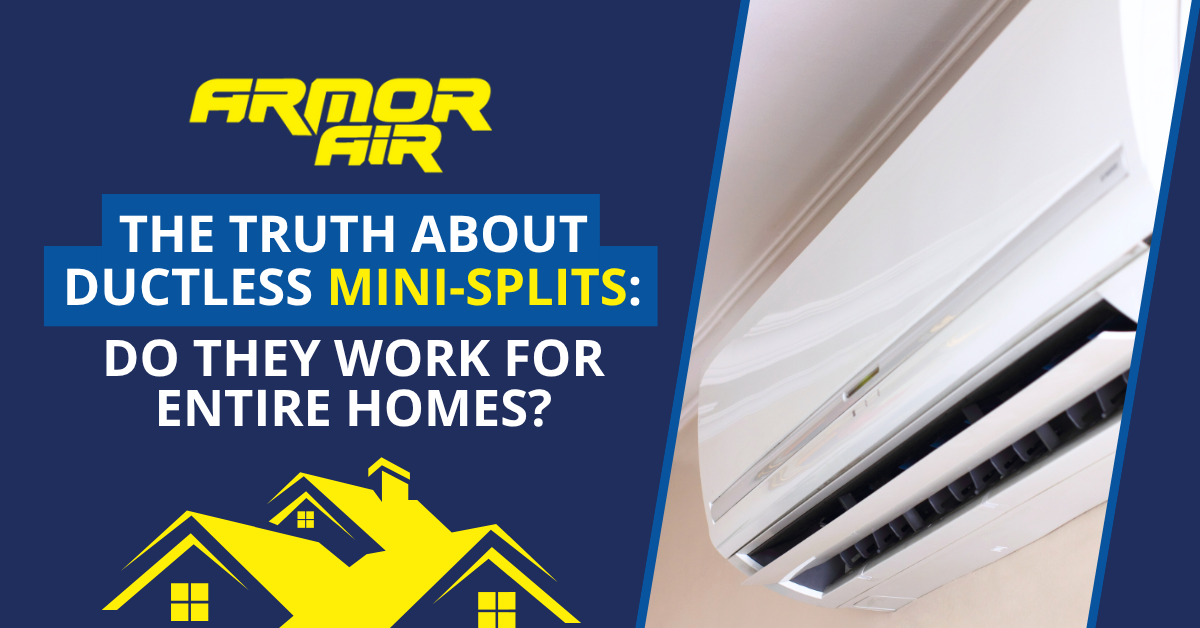
The Truth About Ductless Mini-Splits: Do They Work for Entire Homes?
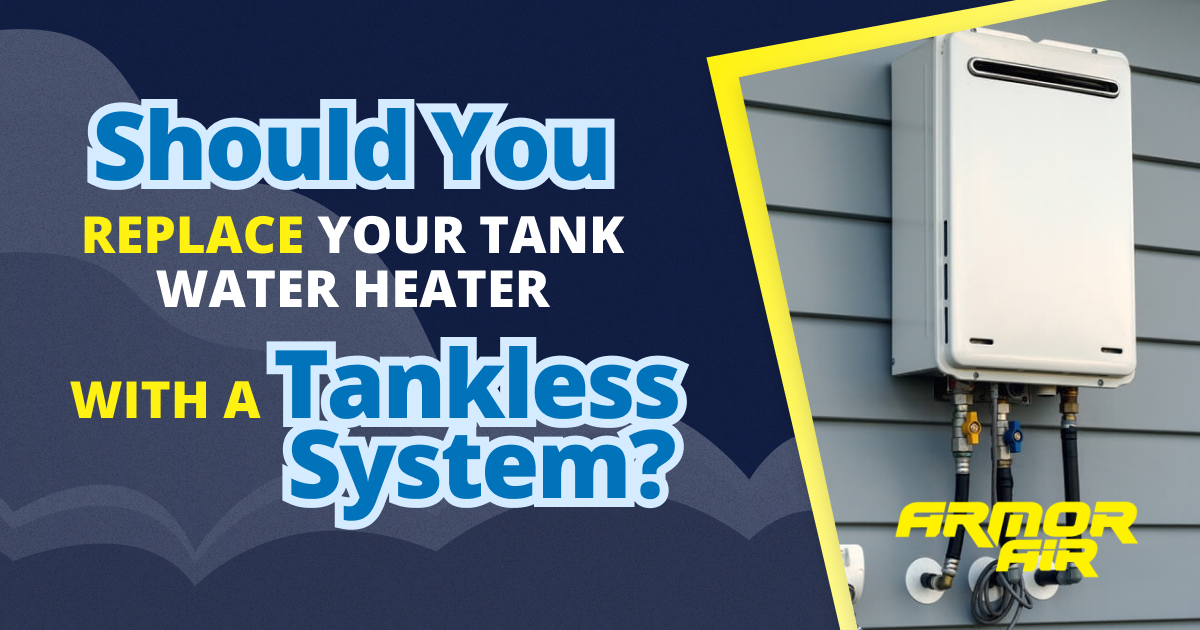
Should You Replace Your Tank Water Heater with a Tankless System?

Top Benefits of Installing a Water Softener in Your Home
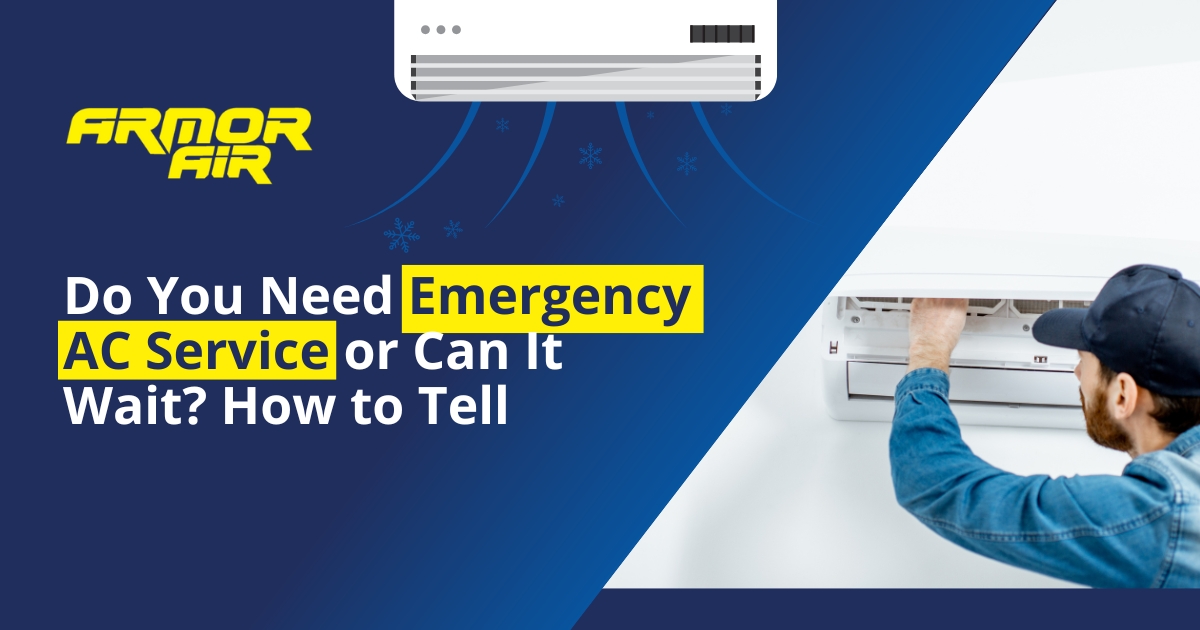
Do You Need Emergency AC Service or Can It Wait? How To Tell

How a Smart Thermostat Can Save You Money This Summer

How to Beat the Humidity: Dehumidifier Benefits in Indiana Homes
